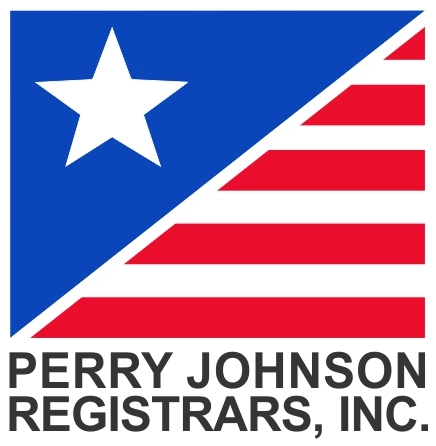Material Outgassing Studies
Materials Outgassing & Characterization Studies
ORS has developed a method to characterize the outgassing of a large variety of samples.
The Raw Sample may have many forms like:
Typical IVA® study procedure:
- The sample is hermetically sealed in a clean and dry glass ampoule under controlled atmosphere (dry Nitrogen for example).
- A thermal stress is then applied and the sample outgasses in the hermetic enclosure (up to 1100°C).
- Finally, an IVA® test is performed on the ampoule.
- The test results give the complete gas picture (sealing atmosphere + outgassed substances).
- A complete range of organic and in-organic substances can be provided by performing both IVA® and GC/MS testing.
Typical GC/MS headspace study procedure:
- The sample is hermetically sealed in a clean, dry headspace vial and sealed in room air with an appropriate septum.
- A thermal stress up to 300°C is then applied and the sample outgasses in the hermetic enclosure.
- The sample is pressurized with helium and a portion of the headspace is transferred to the GC inlet via the autosampler.
- The GC is temperature and pressure programmed to optimize detection of individual unknown organics.
- Combined with IVA® material outgassing, the test results give the complete gas picture (sealing atmosphere + outgassed substances) from low MW atmospheric gases through unknown volatile and semi-volatile organics.
Application Examples:
- Hydrogen Outgassing from Package Kovar
- Hydrogen is known to outgass from Kovar alloy when submitted to high temperatures.
- This phenomenon is particularly critical in AsGa technology, for example, where hydrogen can lead to failures. Therefore, focus is put on lowering and controlling the hydrogen level.
- The glass ampoule sealing can prove very valuable to characterize Hydrogen outgassing from metal packages. The various package elements (lid, walls, …) can be separated and outgassed individually. Various bake time and temperatures can be used to optimize pre-seal prebakes.
Note: It is possible to seal a sample several times. A possible application is to draw an outgassing curve as a function of time for a specific temperature.
Epoxy Outgassing
- Epoxy materials have specific outgassing signatures which are easily identified and quantitated. This technique is useful to optimize pre-seal bakeout and to identify thermal stress by-products.
- Moisture and CO2 are generally the main compounds outgassed from epoxy materials mainly because of under curing or over curing problems.
- GC/MS analysis will detect organic constituent differences between properly and improperly cured or mixed samples, typically silicones.








